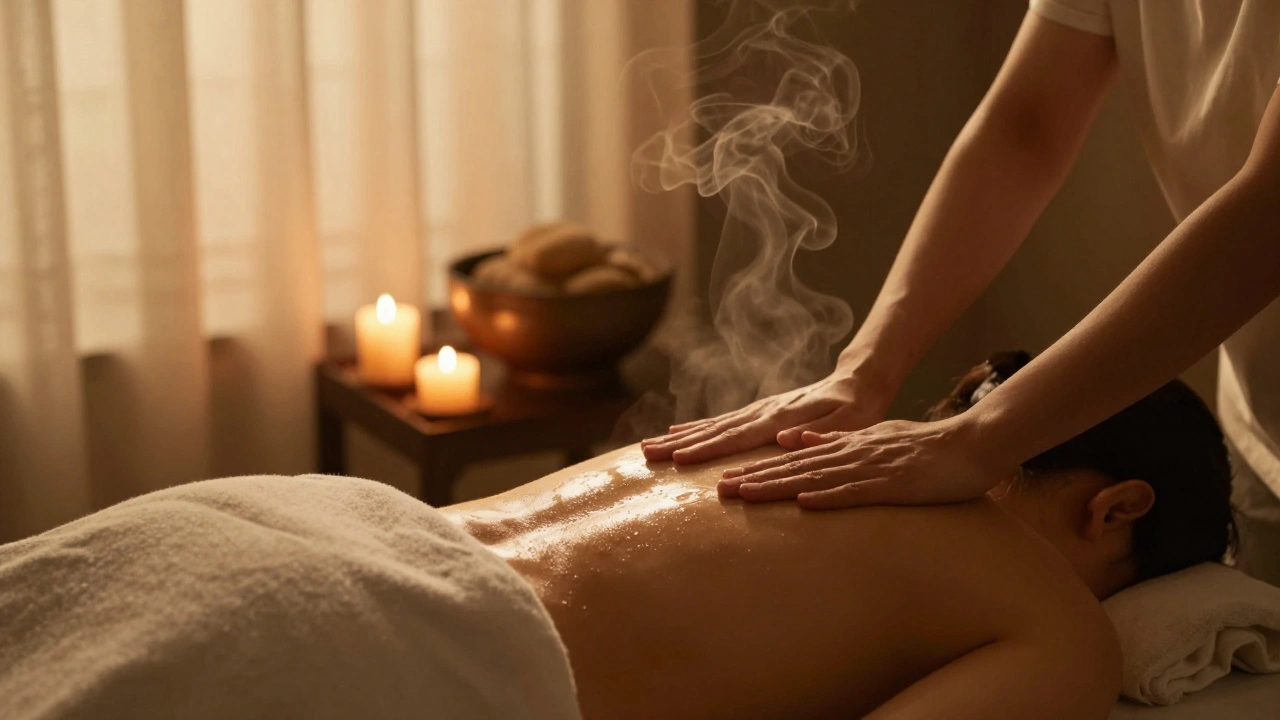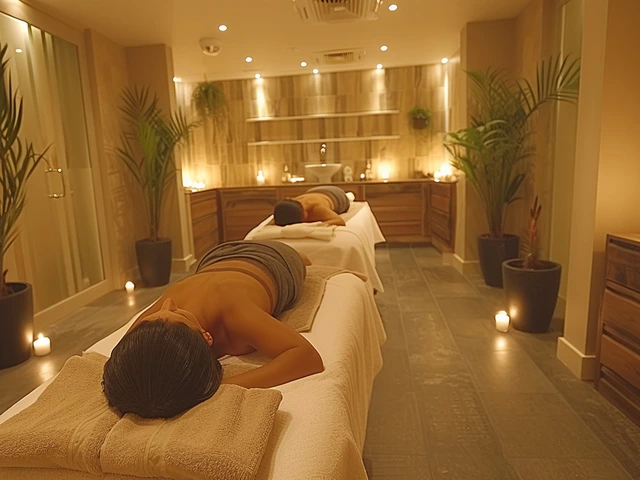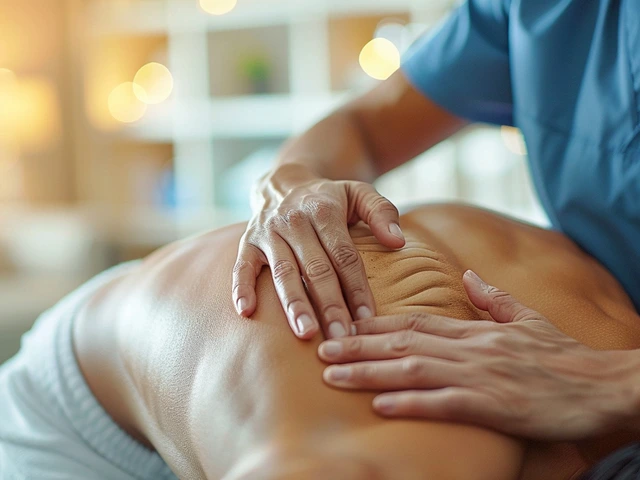Muscle Relaxation: Simple, Practical Ways to Ease Tension
Stiff muscles make everything harder—walking, sleeping, training your dog, or getting through a long day. You don’t need fancy tools to loosen tightness. Small, regular habits and a few reliable techniques can cut pain, improve movement, and help your pet feel calmer too.
Quick techniques you can use now
Start with breathing. Slow, deep breaths lower muscle tone fast. Try 4-6 slow breaths, pause, repeat five times before stretching or massage. For your own muscles, add progressive muscle relaxation: tense a muscle group for 5–7 seconds, then release and feel the looseness for 10–15 seconds. Move from feet to head or vice versa.
Use gentle heat before activity and cold after intense use. A warm towel or heat pack for 10–15 minutes relaxes tight fibers. After hard exercise or a sudden strain, an ice pack for 10–12 minutes reduces inflammation.
Massage is simple and powerful. For people, use long strokes along the muscle, then small circular motions on knots. For dogs, follow their comfort: use flat palms or fingertips, stroke in the direction of hair growth, and keep pressure light near bones. Focus on big muscle groups—thighs, shoulders, lower back—and watch for signs your dog likes it: relaxed jaw, soft eyes, slow breathing.
Try gentle myofascial work at home. Glide a foam roller slowly along tight areas, pausing where you find a tender spot for 20–30 seconds. For dogs, use slow, steady finger pressure along the muscle belly rather than rolling, which can be uncomfortable.
Daily habits that keep muscles loose
Move often. Short walks, gentle stretching, or play breaks every hour cut build-up of tension. Sleep matters—aim for consistent sleep times and a comfy bed, which helps muscles repair overnight. Hydrate and eat protein and omega-3 fats; dehydration and poor nutrition make muscles cramp and recover slower.
Mind your posture. Slouching pulls specific muscles into chronic tightness. Simple posture checks—sit back in the chair, drop shoulders, and relax the jaw—reset tension quickly. For active folks, balance workouts with mobility work: light stretching, joint circles, and slow dynamic moves before intense sessions.
Use biofeedback or guided relaxation apps when stress spikes. Real-time breathing or heart-rate cues speed up relaxation and reduce muscle holding patterns. Even five minutes can change how your muscles feel.
When tightness won’t go away, see a pro. A physical therapist, sports massage therapist, or certified canine massage practitioner can spot underlying issues, show targeted techniques, and create a plan. If your dog shows limping, sudden pain, loss of appetite, or behavior changes, contact your vet first.
Muscle relaxation is mostly about consistency: short, simple steps done regularly beat big one-off fixes. Pick two habits—daily breathing and a 5-minute massage or stretch—and you’ll notice less stiffness and better movement for both you and your dog.

Swedish Massage: The Art of Healing and Relaxation
Swedish massage uses gentle strokes to reduce stress, improve circulation, and promote deep relaxation. It’s one of the most effective, science-backed ways to reset your body and mind without medication or intense therapy.

Unlocking Workout Success with Sports Massage Techniques
Sports massage is more than just a luxury for athletes; it's a powerful tool for anyone looking to maximize their workout results. By reducing muscle tension, improving circulation, and speeding up recovery, sports massage can enhance performance and prevent injuries. This article explores the benefits of sports massage, offers practical tips for incorporating it into your routine, and highlights how it can lead to more effective workouts.




